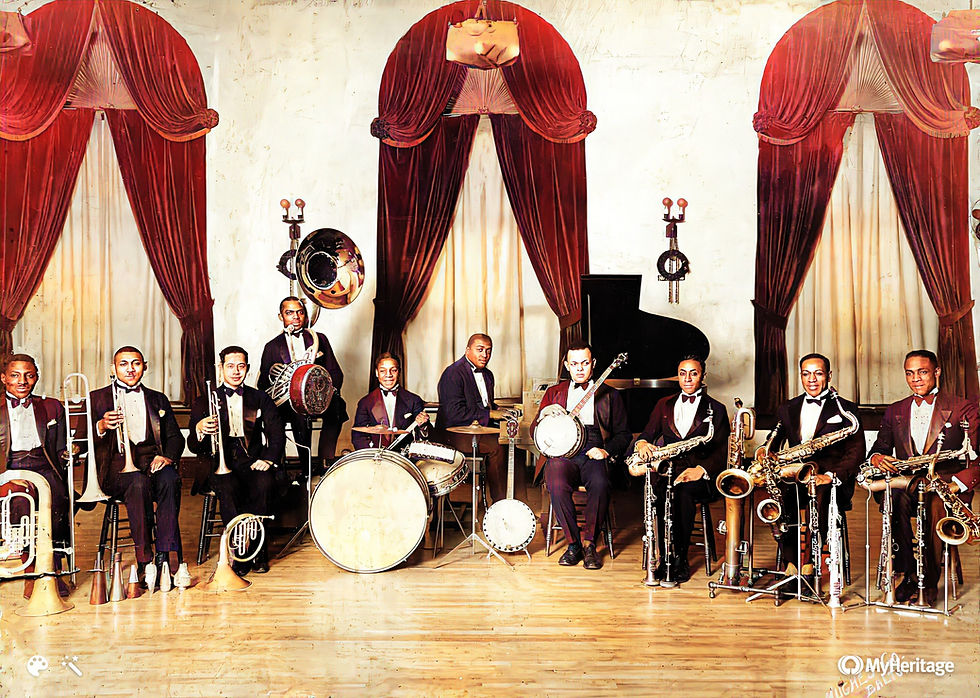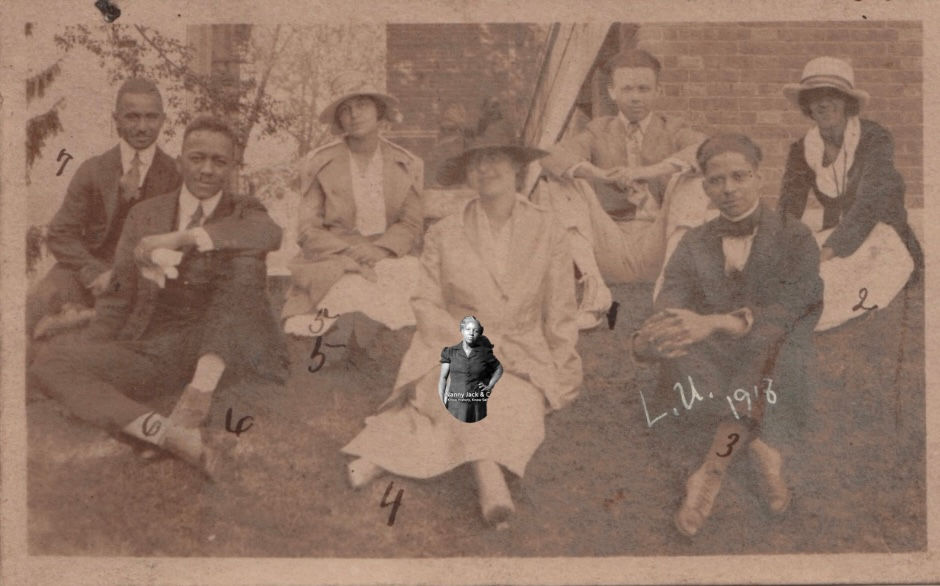Growing Up in Sandtown
- Philip J. Merrill

- Oct 21, 2015
- 5 min read

Reflecting back on the proverbial “Good old days,” I realize how fortunate I am to have spent my formative years in what is now known as “Sandtown-Winchester”, a neighborhood that is part of historic Old West Baltimore (OWB). As the great-grandson of Nanny Jack, more people knew me than I could shake a stick at. Nicknamed “Sugi” because of my chubby cheeks, I was doted on by everyone. More frequently, I was referred to as Little Lord Fauntleroy because I was often spotted in Italian loafers and dress clothes on the playground. I remember sitting out on the front steps in the 1300 block of North Stockton Street. Adults would walk by, talk to me, and ask what I would like to do with my life. Upon responding, “I want to grow up, get a good education, and get a job,” they would reward me with dollar bills and coins for my ambitions. My pockets were always stuffed. My mom always said she could turn me upside down and go to the bank.
I used to love sitting on the Old Metal Glider with Nanny Jack and my mom, Betty Lou, as we watched the world go by. We knew all the colorful characters that lived and visited the community. The joviality was beyond anything that we could imagine today . . . from the favorite wino to the Arabbers singing for their wares as they went down the street . . . to the small farm that we had in our backyard with chickens, rabbits, ducks, and other creatures at my disposal. I smile when I recall old nicknames: Macaroni, Superman, Baa Baa, Ruby Lips, Apple Pie, Hicky, and Deedle. I often think about the numerous jaunts to the former Lafayette Market with my beloved Nanny Jack. This weekly trip exposed me to the famous Pennsylvania Avenue. As a young child, I was more interested in the sights, sounds, and smells of the things I could buy at the market rather than the historic significance of the street.
Each day when my Uncle Rocky came home from the bakery where he worked, he would take me out in my stroller to hang out with the neighborhood men. I loved hearing their stories, watching them drink wine, shoot craps, smoke cigars, and tell stories about women. Nanny Jack and mom could always tell how much Uncle Rocky had to drink by the wide swath of my stroller as he rounded the corner bringing me home. As seedy as it sounds, I was always taken care of and would come home with many stories to share with my family about my adventures.
In my mind I can see the well-dressed people in my community going to church on Sunday. I can see the shiny muscle cars of the 1960’s that would ride through the neighborhood. The Ford Mustangs, the Buick Electric 225 (deuce and a quarter) Pontiac GTO, Lincoln Continental, Oldsmobile Tornado (pronounced tô(r)-nä'dō not tô(r)-nā'dō). In those days watching the Ed Sullivan show was a big to-do. I fell in love with Diana Ross’s big beautiful eyes. It’s in Sandtown that I learned about Otis Redding. I used to make up my own words to his hit “Sitting on the Dock of the Bay” to mimic my older cousin.
In my mind I can see the well-dressed people in my community going to church on Sunday. I can see the shiny muscle cars of the 1960’s that would ride through the neighborhood. The Ford Mustangs, the Buick Electric 225 (deuce and a quarter) Pontiac GTO, Lincoln Continental, Oldsmobile Tornado (pronounced tô(r)-nä'dō not tô(r)-nā'dō). In those days watching the Ed Sullivan show was a big to-do. I fell in love with Diana Ross’s big beautiful eyes. It’s in Sandtown that I learned about Otis Redding. I used to make up my own words to his hit “Sitting on the Dock of the Bay” to mimic my older cousin.
As a child I felt safe in this segregated community. It was home. I long to go back to that place and relive those joyous times. It is a comfortable place that I can only go back to in my mind . . . Fond remembrances of the Saint Peter Claver carnival . . . the excitement of visiting Druid Hill Park . . . the taste of the Riebel’s Bakery 2¢ buns and rolls on Sunday . . . the delicious taste of Capitol Bakery’s bags of cake crumbs (2¢ for the plain and 5¢ if you wanted icing) . . . remembrances of all the things in our house: the 78 records, the books, the furniture, the smells, the cast iron stove in the kitchen, and the creaky back steps where I would hold Nanny Jack’s hand when we went upstairs for the night. There are way too many memories to share in this opening piece.
As a kid, it is easy to just live. If you are fortunate to live long enough, you often wonder what if I would have asked more to those people in my presence. What if we would have done a better job documenting our journey and the journeys of our long-gone loved ones. These experiences and reflections have shaped me to become a preserver of stories. As black communities across the country get changed due to urban renewal and urban blight, it is ever more important to preserve these memories and stories of what once was.
This blog will be like no other blog connected to Old West Baltimore. It is not just history for me - it is personal. The 2004 addition of OWB to the National Register of Historic Places created the largest African American historic district in the country. Through this blog, I will share decades of research on the Renaissance that occurred in Baltimore on levels that few could fathom. Memorabilia (rare photographs, newspaper clippings, and many other material culture items), oral histories, and personal experiences will be shared to document the height of our past.
No matter what this section of Baltimore has become today and will become in the future, the past of OWB is a case study of how to thrive in an oppressed environment and shine like a super-star. This story of my old neighborhood will inspire not just African Americans but all native sons and daughters of Baltimore, people across the US and even those outside this country. As we look back, we will appreciate the essence of how OWB, like many communities across the country, were able to do more with less. No matter how successful I become, and wherever I live or visit, OWB is always in my heart.






Comments